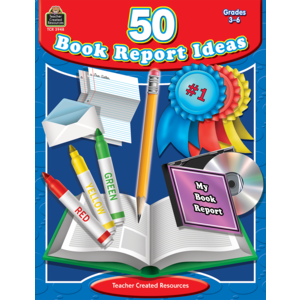After lunch my kids used to come barreling into the classroom. They had wolfed down lunches and then run off to play basketball or gossip among themselves. They came into class sweaty and chatty. They would throw their backpacks down, grab their books, pens and papers, and sprawl in their chairs. How would I ever get them to focus after lunch when they really wanted to continue that basketball game?
So here’s what I did. You might want to try this, it was easy and it worked. I read aloud to them. I picked up a good old-fashioned book, and took the first few precious minutes of the class to read. Some might question this. After all it wasn’t getting them right to work, they weren’t being engaged in an assignment. But to that I say, phooey. They were getting to hear a story, one that I knew would captivate them. As 7th graders they wouldn’t pick up books that they thought sounded “babyish.” But if the teacher was reading a book to them they had to listen didn’t they?
My students hadn’t had lots of exposure to the bigger world so I tried to find things they could enjoy. One of my favorites was Old Yeller. Of course it was what Jim Trelease, author of The Read-Aloud Handbook, would call a “cry book.” At the end of the book there was always a few students with their heads down on the desk, tears dripping from their eyes. I found the best way to handle that was to not. I just let them cry. If they wanted to talk about it later we did so privately and individually.
Another kind of story the kids liked were those that were a bit absurd. I remember reading James and the Giant Peach. Any time I read a book I planned where I would stop each time. However, with this book we all got carried away. I almost finished it the first time I read it aloud to a class. To be that enthralled by a book sometimes makes it okay to just read aloud for an hour.
For a group of particularly challenged learners I read the first of the Little House books by Laura Ingalls Wilder. With these I had to spend a lot of time talking about vocabulary before I began reading. While it might seem simple, most of my students were second language learners, so it took a lot to help them understand. But they did enjoy the books and often asked me to read the next one in the series, which I happily did.
If you teach young students no doubt you read to your kids, but what about older ones? I always felt if nothing else the kids could hear a really good book. And it must have worked, as they always calmed down as they listened and enjoyed the story. I had finished reading and we could progress through the rest of the class, focused on whatever the task at hand for the rest of the day.

